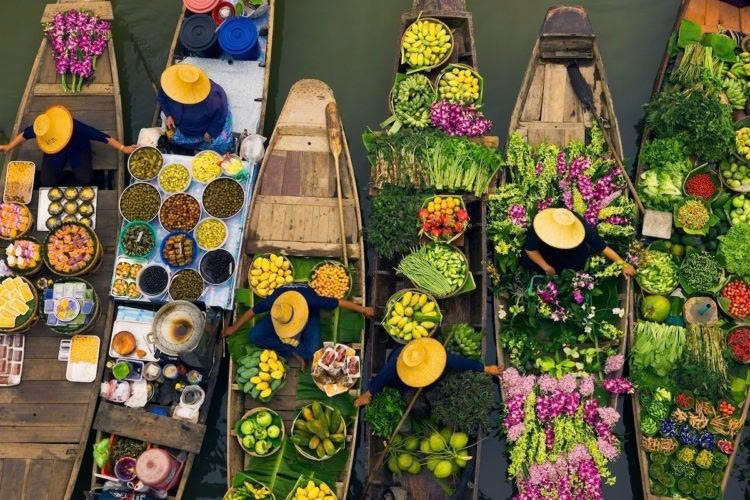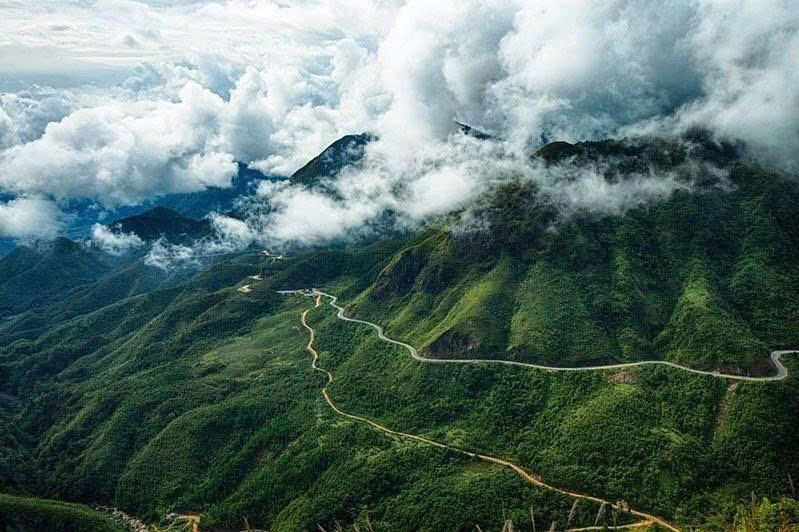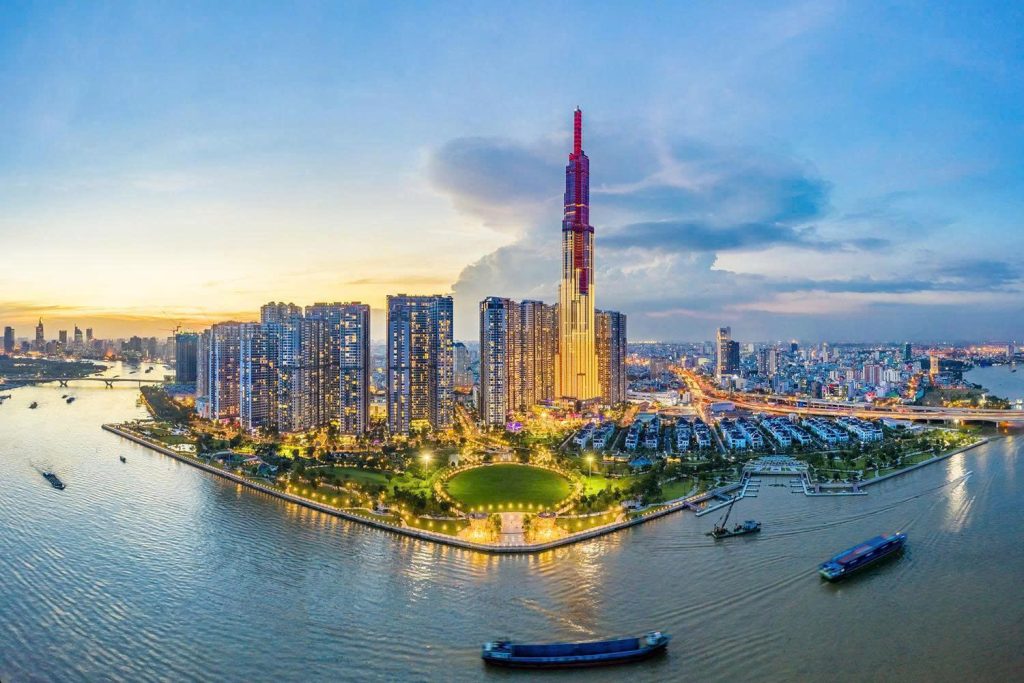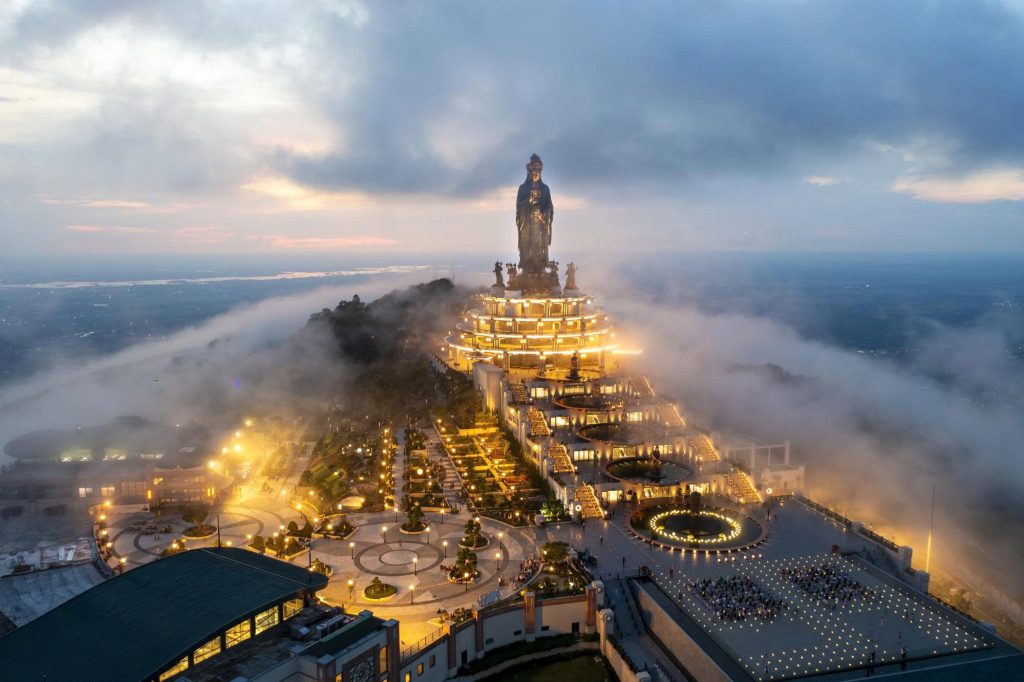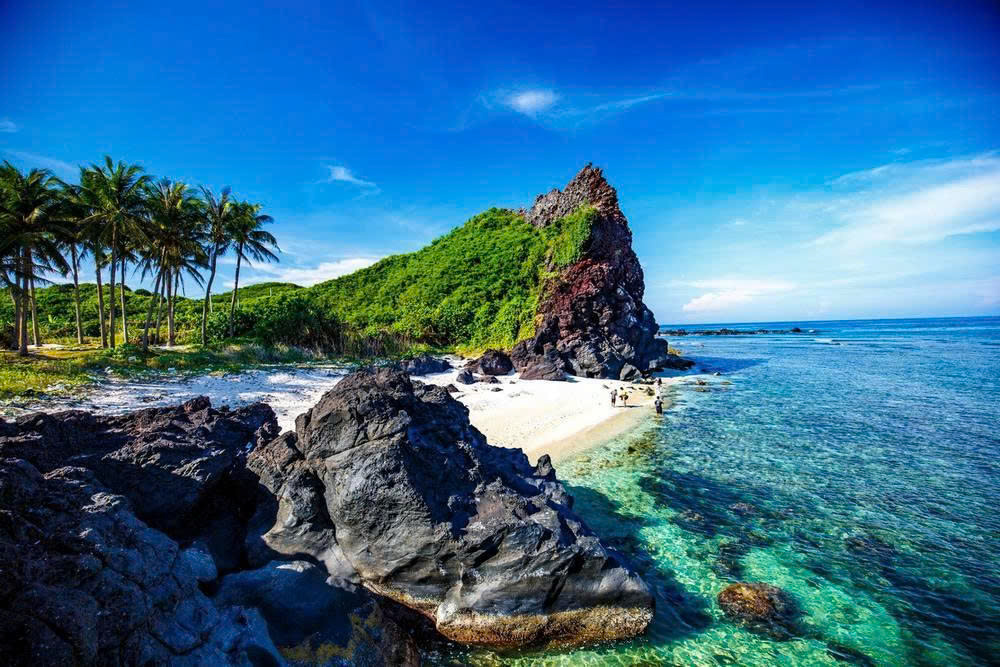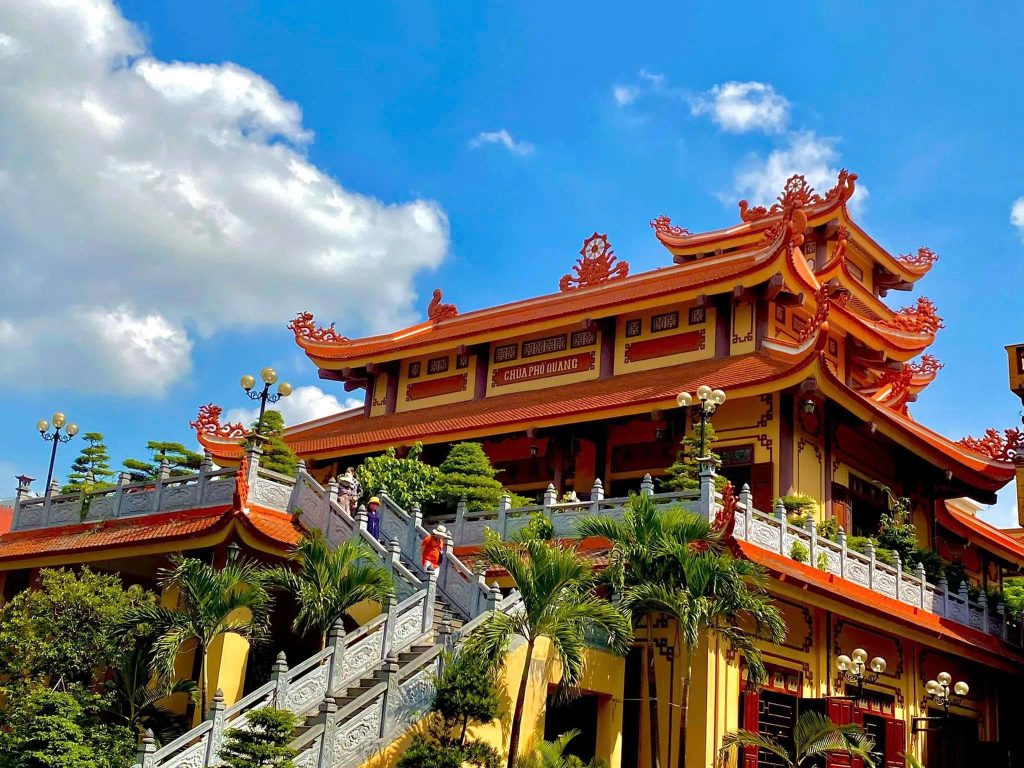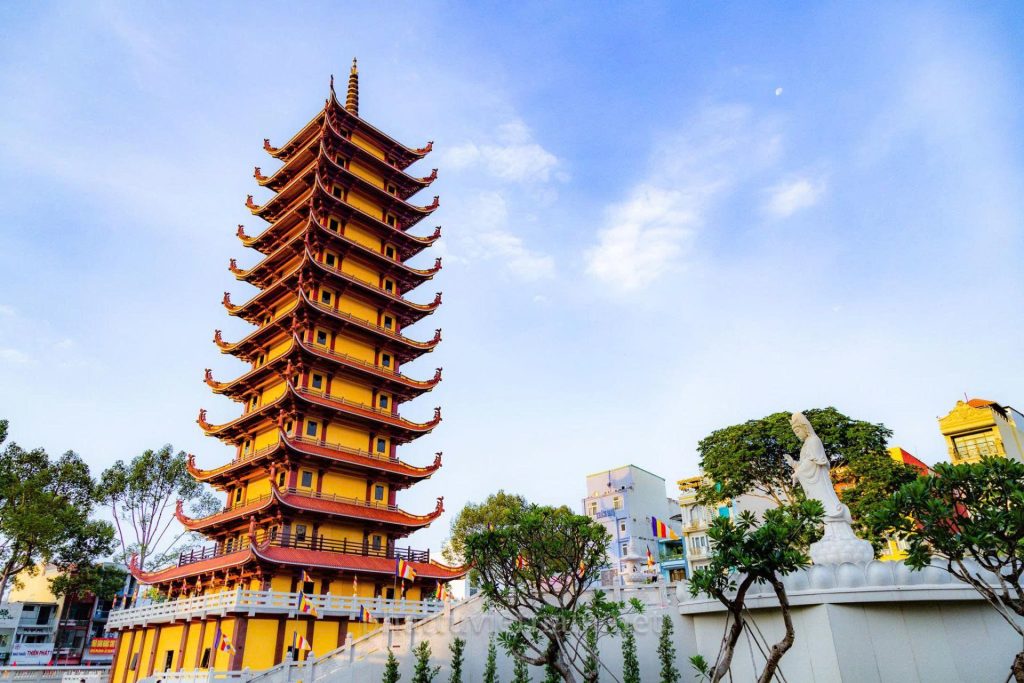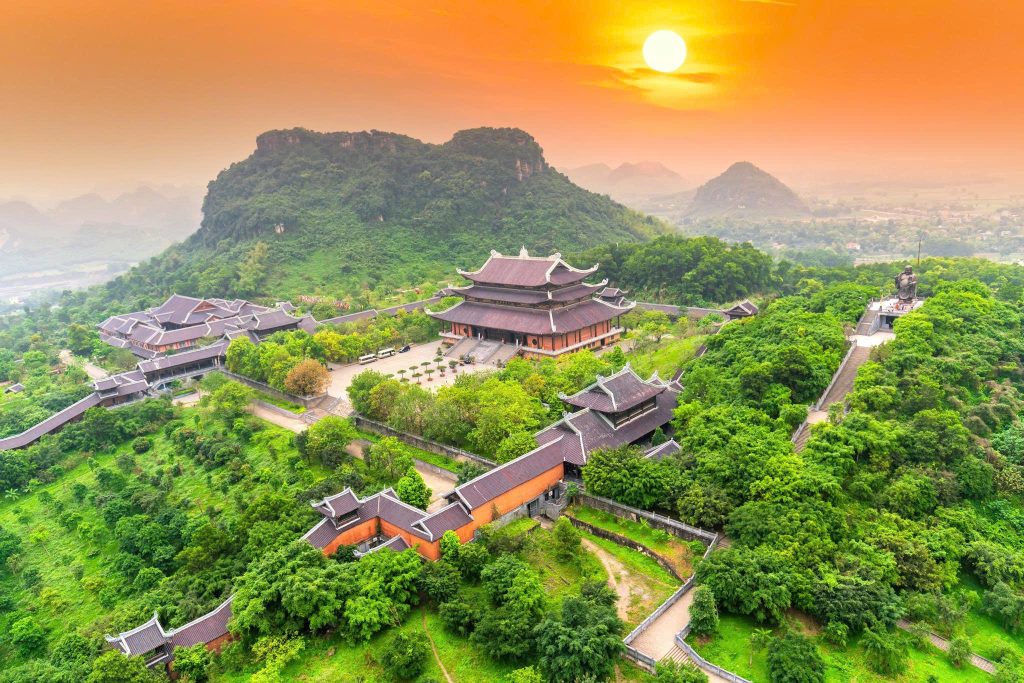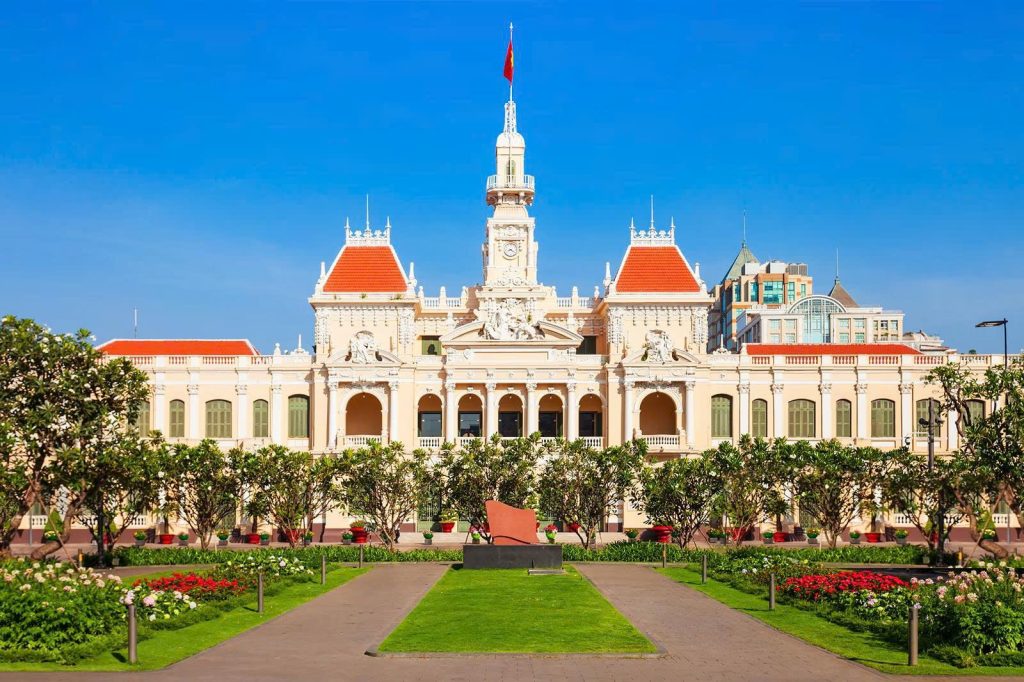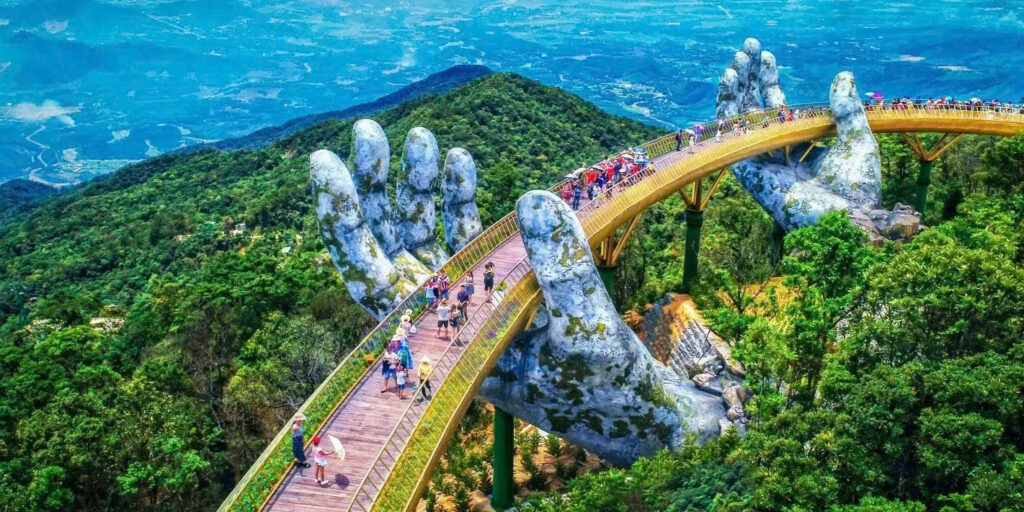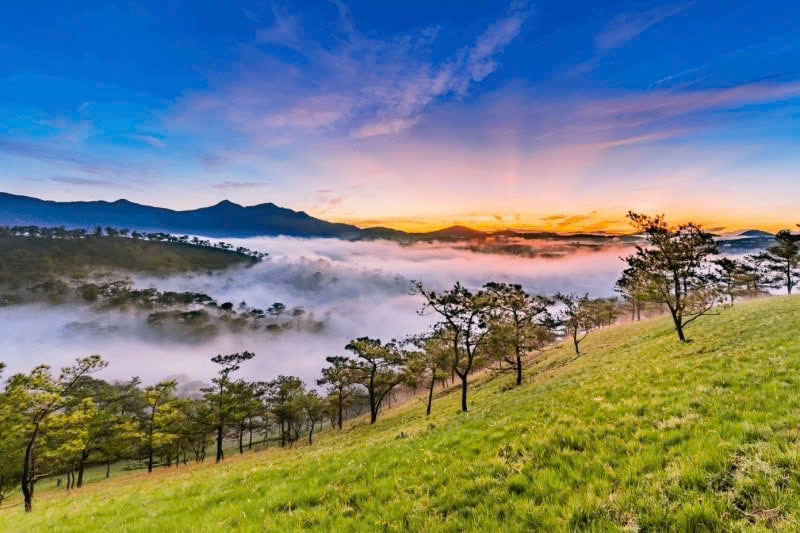The Mekong Delta, often dubbed the “rice bowl” of Vietnam, is a mesmerizing network of rivers, swamps, and islands, home to a vibrant way of life. This southwestern region of Vietnam, where the mighty Mekong River empties into the South China Sea, is an essential part of the country’s economic and cultural fabric. Whether you’re a curious traveler, an environmental enthusiast, or someone simply seeking to understand this unique ecosystem, the Mekong Delta offers a wealth of experiences and insights.
What is the Mekong Delta?
The Mekong Delta is the region in southwestern Vietnam where the Mekong River approaches and empties into the sea through a network of distributaries. Covering an area of approximately 40,000 square kilometers, it’s a vast floodplain characterized by its low elevation, intricate waterways, and fertile lands. This geographical marvel is not only crucial for Vietnam’s agriculture but also plays a significant role in the entire Lower Mekong Basin economy.
The delta’s geography is defined by its extensive canal system, both natural and man-made, which serves as the primary mode of transportation and irrigation. The tropical monsoon climate brings abundant rainfall, contributing to the lushness of the landscape. However, this also makes the region vulnerable to the impacts of climate change, particularly sea-level rise and salinity intrusion, which pose significant challenges to the local population and their livelihoods. Understanding these environmental dynamics is key to appreciating the resilience of the people in the Mekong Delta.
A Journey Through Time: The History of the Mekong Delta
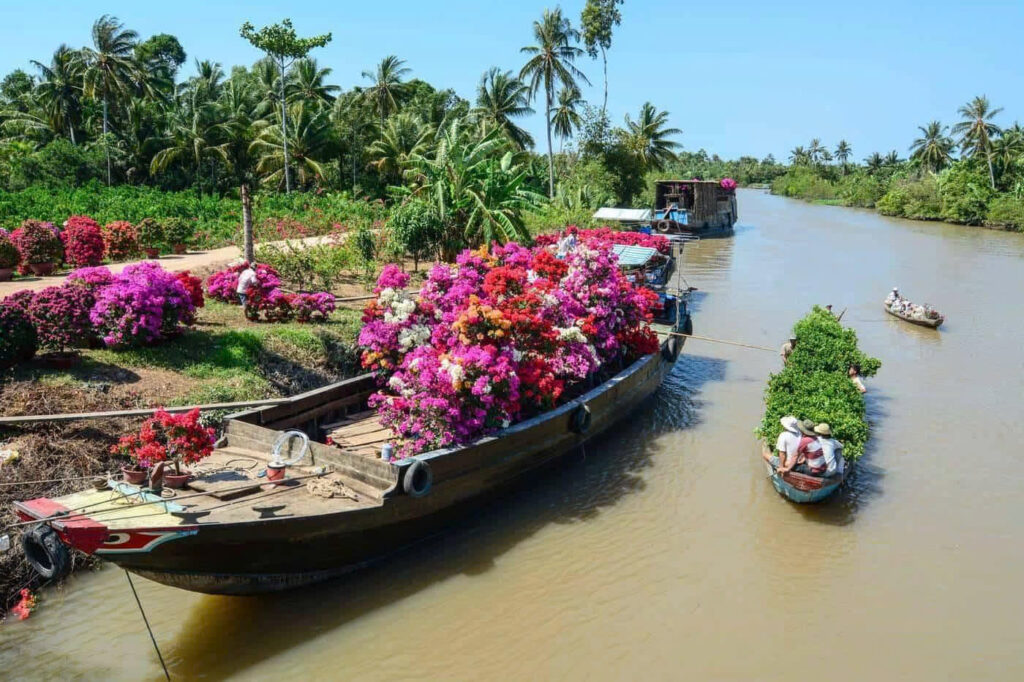
The history of the Mekong Delta is as rich and complex as its waterways. For centuries, this fertile land was part of various indigenous kingdoms, notably Funan and Chenla, which flourished through maritime trade and rice cultivation. Later, it became a disputed territory, experiencing Champa incursions before gradually being settled and integrated into Vietnam’s territory, primarily during the Vietnamese period under the Nguyễn dynasty.
The process of Vietnamese expansion into the delta was a slow but steady one, often involving diplomatic marriages and military interventions. By the 18th century, the region was largely under Vietnamese control, leading to extensive land reclamation and canal digging that transformed the landscape. During the French colonial period, the delta’s agricultural potential was further exploited, particularly for rice production, earning it its “rice bowl” moniker. This historical tapestry has shaped the unique multicultural identity of the Mekong Delta, where Kinh (Vietnamese), Khmer, Cham, and Chinese communities coexist.
Life on the Water: Economy, Culture, and Demographics
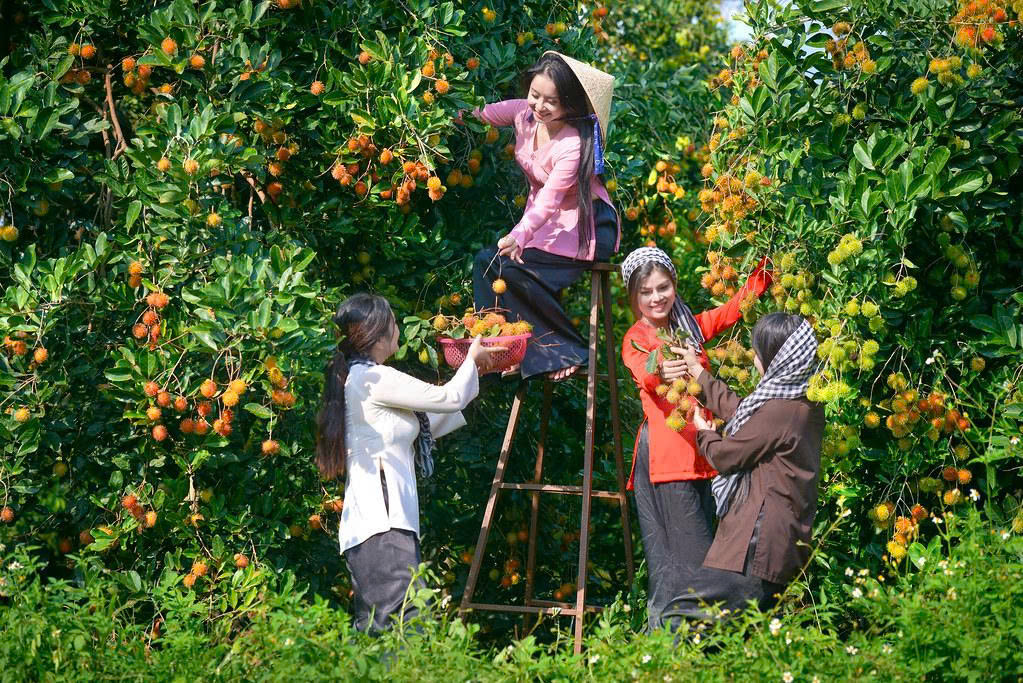
The lifeblood of the Mekong Delta is its connection to water. This is reflected in every aspect of daily life, from its economy to its vibrant culture.
Economy: Agriculture and Fishery at its Core
The Mekong Delta’s economy is overwhelmingly dominated by agriculture and fishery. It accounts for over 50% of Vietnam’s rice production, making it a critical region for national food security. Beyond rice, the delta is famous for its abundant tropical fruits, with vast fruit orchards producing everything from durians and rambutans to mangosteens and pomelos. Aquaculture, particularly pangasius and shrimp farming, is another major economic driver, with products exported globally.
While traditionally reliant on these sectors, the region is also seeing growth in industry and FDI (Foreign Direct Investment), particularly in food processing and light manufacturing. However, sustainable development remains a key focus, as the delta grapples with the challenges of balancing economic growth with environmental preservation.
Culture: Cuisine, Traditions, and Floating Life

The culture of the Mekong Delta is distinctly shaped by its watery landscape. Cuisine is a highlight, characterized by fresh seafood, an abundance of local fruits, and unique dishes like bún cá (fish noodle soup) and cá tai tượng chiên xù (fried elephant ear fish). Floating markets, such as the famous Cai Rang Floating Market in Can Tho, are iconic cultural experiences, showcasing the bustling trade that happens directly on the river.
Traditional music, folk tales, and local festivals are integral to the delta’s cultural identity. The rhythm of life is slower, more relaxed, and deeply connected to nature, reflecting the resilience and adaptability of its people. Homestays offer an authentic glimpse into this unique way of life, allowing visitors to immerse themselves in local customs.
Demographics: A Mosaic of Communities
The Mekong Delta is home to a diverse population, with the majority being Kinh (Vietnamese). However, significant communities of Khmer, Cham, and Chinese ethnic groups also reside here, each contributing to the region’s rich cultural mosaic. This multiculturalism is evident in the architecture, cuisine, and religious practices found throughout the delta, from Buddhist pagodas to Cham mosques.
Exploring the Delta: Must-Visit Destinations and Travel Tips
The Mekong Delta offers a variety of experiences for every type of traveler. Discover a selection of the region’s most popular and singular attractions here:
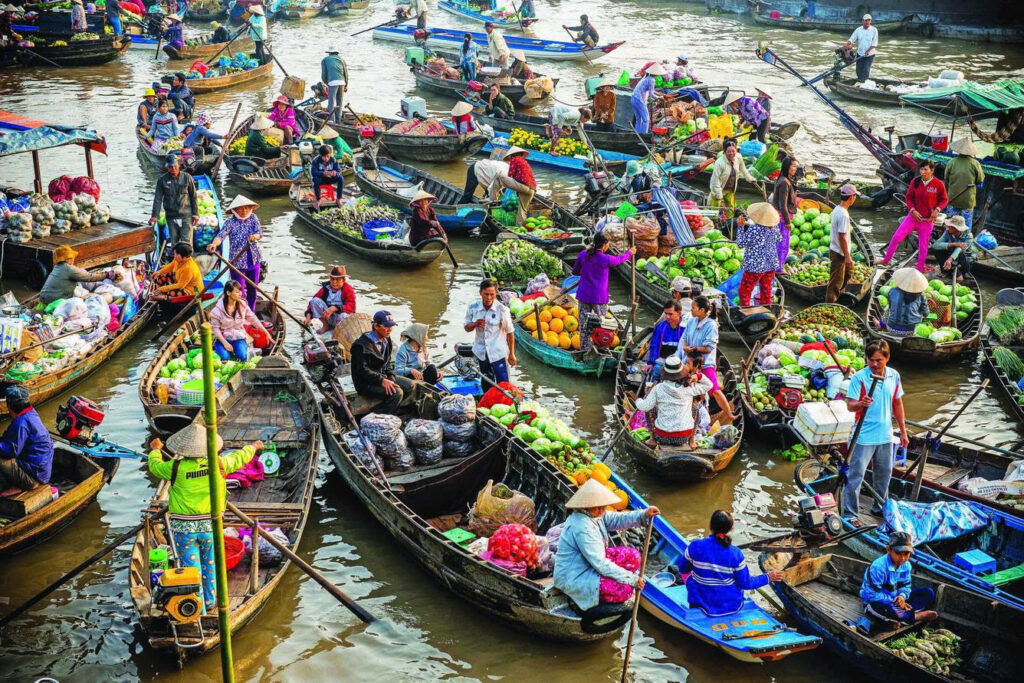
- Can Tho: The largest city in the Mekong Delta, Can Tho serves as an ideal base for exploration. It’s famous for the Cai Rang Floating Market, its lively waterfront, and the picturesque Ninh Kieu Wharf. From Can Tho, you can easily access smaller canals for more intimate boat tours.
- Ben Tre: Known as the “land of coconuts,” Ben Tre offers charming boat rides along nipa palm-fringed canals and opportunities to visit local workshops producing coconut candy and other handicrafts. It’s an excellent choice for a day trip or a short retreat from Ho Chi Minh City.
- My Tho: A popular gateway to the Mekong Delta, My Tho is often included in day tours from Ho Chi Minh City. Visitors can explore local islands, taste fresh fruits, and visit coconut candy factories.
- Chau Doc: Located near the Cambodian border, Chau Doc is a fascinating town known for its diverse ethnic communities, vibrant market, and the sacred Sam Mountain (Núi Sam) with its ancient pagodas and temples, offering panoramic views of the rice fields stretching into Cambodia.
- Sa Dec: This charming town gained international recognition as the setting for Marguerite Duras’s novel “The Lover.” Visitors can explore the preserved house of Huynh Thuy Le, Duras’s lover, and wander through beautiful flower nurseries, making it a unique literary and horticultural stop.
- An Giang: A province known for its spiritual sites and the unique cultural landscape around the Tra Su Cajuput Forest, a flooded forest ecosystem ideal for birdwatching and exploring by sampan.
How to Travel the Mekong Delta: Practical Tips

- Getting There: The easiest way to reach the Mekong Delta is from Ho Chi Minh City. You can take a bus to cities like Can Tho or My Tho, or opt for organized Mekong Delta tours which often include transportation.
- Getting Around: Boat tours are the quintessential way to experience the delta, offering access to floating markets and narrow canals. Bicycles are perfect for exploring rural areas and local villages, while motorbikes provide flexibility for independent travelers.
- Best Time to Visit: The dry season, from December to May, is generally considered the best time to visit, with sunny weather and less chance of rain. However, the wet season (June to November) brings lush landscapes and abundant fruits, offering a different charm.
- Accommodation: Options range from comfortable hotels in major cities like Can Tho to authentic homestays in rural areas, providing a chance to live like a local.
- Cuisine: Don’t miss trying local specialties like hủ tiếu, fresh spring rolls, and a wide array of tropical fruits directly from the orchards.
The Mekong Delta in the Face of Climate Change: Challenges and Sustainable Futures

Despite its natural bounty, the Mekong Delta is on the front lines of climate change. Sea-level rise threatens coastal areas with increased flooding and coastal erosion. Salinity intrusion from the sea is pushing further inland, impacting agricultural lands and freshwater sources, posing a severe threat to rice cultivation and aquaculture. The construction of upstream dams on the Mekong River also affects water flow and sediment essential for the delta’s natural replenishment.
Organizations like WWF (World Wide Fund for Nature) are actively involved in conservation efforts and promoting sustainable development in the Mekong Delta. Initiatives focus on water management, climate change adaptation strategies, and supporting local communities in adopting resilient agricultural practices that can withstand these environmental pressures. Understanding these challenges is crucial for a responsible and informed visit to the region, highlighting the importance of supporting sustainable tourism and local economies.
RELATED: Best Time to Visit Mekong Delta: A Seasonal Guide for Your Perfect Trip
The Mekong Delta is more than just a geographical region; it’s a living, breathing entity defined by its waterways and the resilient spirit of its people. From the bustling floating markets to the serene fruit orchards, and from its complex history to its vibrant present, the delta offers a truly immersive experience. As visitors, acknowledging and understanding the environmental challenges it faces only deepens our appreciation for this vital part of Vietnam and its ongoing journey of adaptation and development. A trip to the Mekong Delta is not just a journey through a landscape, but an encounter with a unique culture and a testament to human resilience in the face of nature’s power.

